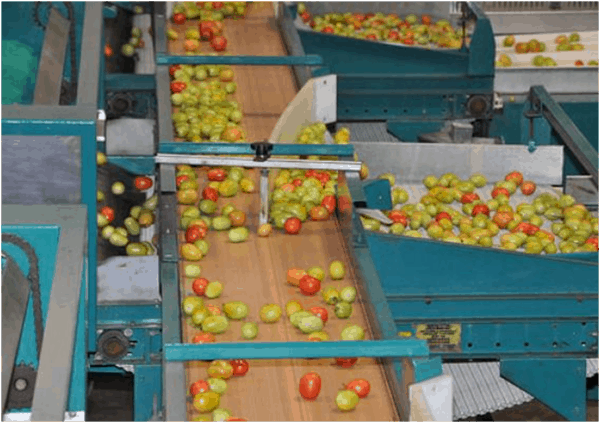Automation is a rapidly growing presence across industries these days. Unfortunately a large number of people don’t fully understand what automation is and become intimidated by the term and turn against the process. In the past it has been described as automatic machinery and equipment in order to assist in the production process for increased efficiency, but even this definition is limited and does not fully encapsulate all that automation can include. Essentially automation is when a job which once required human labour or work, can now be completed by a machine or computer. Automation and robotics in production is often the first thing that comes to mind, but many of us take advantage of automation in our day-to-day lives without realizing it. One obvious example of something many people use are self-checkout stations. These are found at most supermarkets. The presence of these machines continues to grow and the reason for this is because of the convenience they offer to everyone involved.
Why Automation
Production, packaging, frozen food industry, and manufacturing are a few of the industries that are perhaps among the most invested in automation. There are a number of benefits that come with making industries more automatic. The first is increased efficiency. These machines are built and programmed with the intention of completing one particular job. This makes them extremely efficient because they are designed in the manner that is most effective for this purpose. They also remove the risk of human error, while simultaneously ensuring that everything is as consistent and uniform as possible. This ultimately makes the product more reliable which is beneficial for everyone involved in the operation.
In addition to consistency, these robots make sense from a labour point of view. They are not limited to a shift system like their human counterparts, and of course do not require breaks of rest. This means that production can continue without disruption. Finally, the efficiency is so high in these machines that most companies are able to get a return on the initial investment within the first year. Needless to say, this is a huge incentive and allows them to invest in even more automated robots.
From a consumer’s point of view this is also an appealing prospect. The increased productivity keeps prices competitive due to less labour going into the product.
Automation and The Future
As it stands now, a lot of automation still remains “behind the scenes.” This is why it’s still a mystery to many people. Although in the coming years, we can expect to see more and more automation right in front of us. There has been a lot of conversation recently regarding automated or “self-driving” cars. The extremely successful start-up “Uber” has invested in the development of these cars, as well as some of Google’s companies and Tesla. It sounds like science fiction to a lot of people, but if these organizations are to be believed, automated cars will be on the road within the next 10 years.
Another industry that is undergoing the process of automating is the marketing and sales industry. The traditionally friendly and people-driven industry might make sense for automation considering the amount of sales completed via computers and internet these days. Gone are the days of the door-to-door salesman and cold-call, targeted advertisements on webpages seem to have greater successes. People are more advertisement savvy than they once were, especially with the rise of the information revolution, so new methods of selling is necessary.
Automation and the Job Market
Many people see automation as a negative process because of how it has caused a drastic shift in the job market. But it is important to see it as exactly that: a shift, not a loss. Demand in the labour sector is shrinking, but other careers are opening up as a result, many of which didn’t even exist 20 years ago. There is an increased demand for people with unique skills like automation technician training, or knowledge of electromechanical engineering. Workers with these kinds of skills are necessary for maintenance and installation of the machines. People with programming and software knowledge are also sought after for “trainable” robots. The demand will continue to grow as more and more automated machinery is installed, as well as different kinds of this technology is used in different industries. Luckily these skills are not difficult to attain, with many schools offering online technology courses in these subjects.
 Gearfuse Technology, Science, Culture & More
Gearfuse Technology, Science, Culture & More



